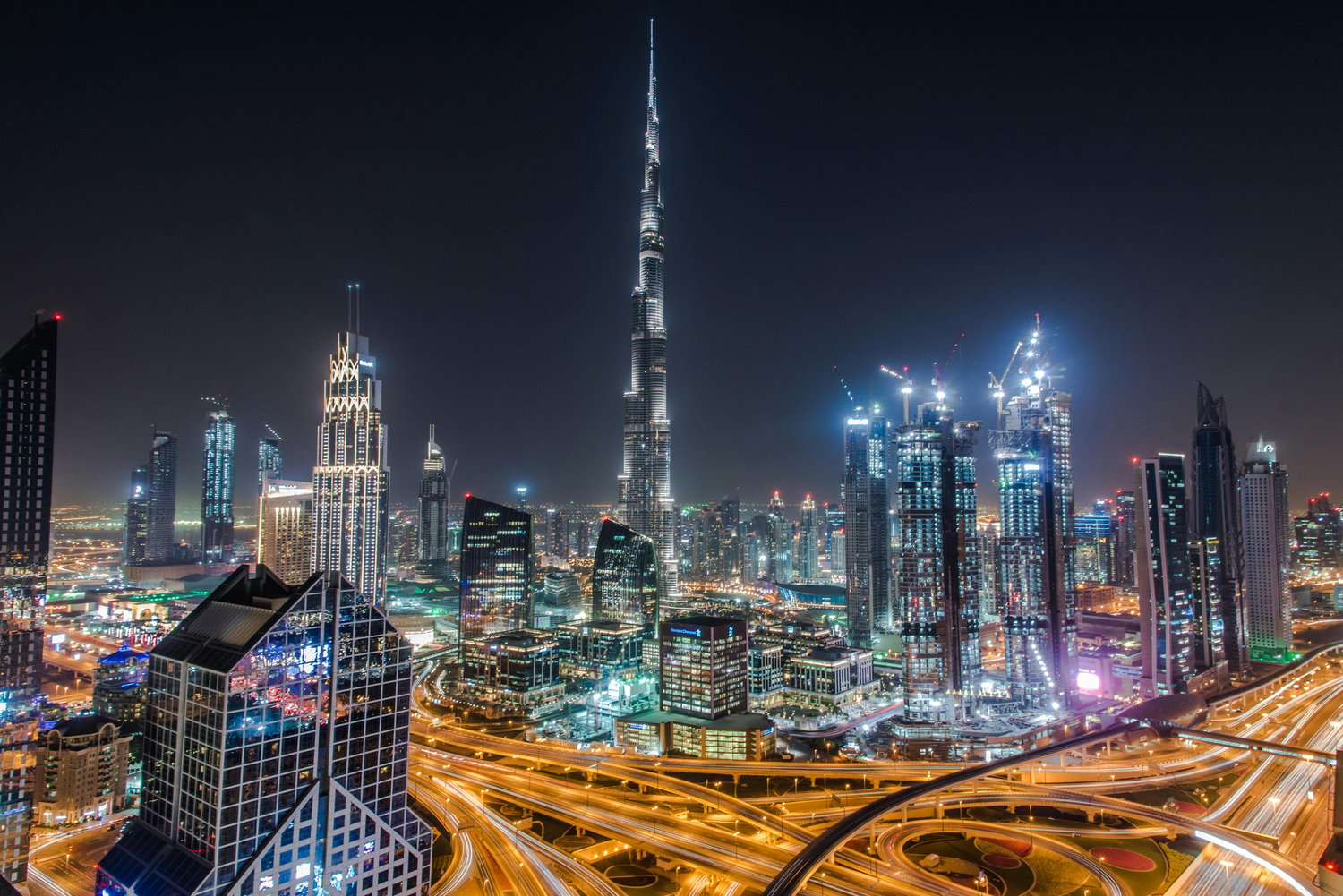In the ever-evolving tapestry of human civilization, the marvels we create stand as testaments to our ingenuity, ambition, and artistic vision. From the ancient wonders that have inspired countless generations to the modern marvels that push the boundaries of what is possible, each era’s achievements reflect its unique culture and technological advancements. As we delve into 2024 and beyond, comparing today's marvels to those of ancient times offers invaluable insights into the evolution of human achievement. Let’s explore this fascinating comparison and understand what makes each wonder truly remarkable.
Ancient Marvels: A Glimpse into the Past
1. The Great Pyramid of Giza
- Construction and Purpose: Built around 2580–2560 BCE, the Great Pyramid of Giza was constructed as a tomb for Pharaoh Khufu. Its precise alignment and massive scale showcase the ancient Egyptians' advanced knowledge of mathematics and engineering.
- Cultural Significance: As the last standing ancient wonder, the Great Pyramid symbolizes the Egyptians' religious beliefs and their quest for immortality.
2. The Hanging Gardens of Babylon
- Mystery and Legend: Believed to have been constructed in the ancient city of Babylon, the Hanging Gardens were an architectural marvel featuring terraced gardens with exotic plants. Despite debates over their existence, they symbolize the human desire to create beauty amidst harsh environments.
- Engineering Feat: The gardens allegedly utilized an advanced irrigation system to sustain the lush vegetation, demonstrating ancient ingenuity in water management.
3. The Colossus of Rhodes
- Monument of Victory: Standing approximately 33 meters high, this bronze statue of the sun god Helios celebrated Rhodes' victory over Cyprus. It was a symbol of resilience and triumph.
- Engineering Marvel: Constructed in 280 BCE, the statue's sheer size and the technology used to create it were unparalleled at the time.
Modern Marvels: Engineering the Future
1. Burj Khalifa
- Tallest Structure: Completed in 2010, the Burj Khalifa in Dubai stands at 828 meters (2,717 feet), making it the tallest man-made structure in the world. It epitomizes modern engineering and architectural design.
- Technological Advancements: The building incorporates cutting-edge technology, including advanced materials, energy-efficient systems, and innovative construction techniques.
2. The Channel Tunnel
- Engineering Masterpiece: Opened in 1994, the Channel Tunnel (or "Chunnel") connects the United Kingdom and France beneath the English Channel. Spanning 50 kilometers (31 miles), it is one of the longest underwater tunnels in the world.
- Significance: The tunnel represents a milestone in transportation infrastructure, enhancing connectivity and economic collaboration between the two nations.
3. The Large Hadron Collider (LHC)
- Scientific Frontier: Located at CERN near Geneva, Switzerland, the LHC is the world's largest and most powerful particle accelerator. It became operational in 2008.
- Impact on Science: The LHC has enabled groundbreaking discoveries in particle physics, including the Higgs boson, furthering our understanding of the universe’s fundamental particles.
Comparing Ancient and Modern Marvels
1. Technological Context
- Ancient Techniques: Ancient wonders were built using rudimentary tools and manual labor, yet they achieved remarkable precision and grandeur. For example, the construction of the Great Pyramid involved sophisticated knowledge of geometry and astronomy.
- Modern Technology: Today’s marvels leverage advanced technology, machinery, and materials science. The Burj Khalifa’s construction utilized state-of-the-art engineering practices, from its deep foundation to its aerodynamic design.
2. Cultural and Social Impact
- Ancient Significance: Ancient wonders often held deep religious or cultural significance. They were built to honor gods, commemorate victories, or serve as royal tombs, reflecting the values and beliefs of their societies.
- Modern Impact: Modern marvels often symbolize progress, innovation, and globalization. The Channel Tunnel and the LHC, for instance, represent collaborative human efforts to push boundaries and connect the world.
3. Sustainability and Legacy
- Ancient Sustainability: Ancient builders used locally available materials and sustainable techniques by today's standards. The longevity of structures like the Great Pyramid attests to their durability and thoughtful construction.
- Modern Sustainability: Contemporary marvels are increasingly designed with sustainability in mind. The Burj Khalifa features energy-efficient systems, and projects like the LHC aim to minimize environmental impact while maximizing scientific gain.
Embracing the Legacy of Human Ingenuity
Both ancient and modern marvels offer profound insights into human potential and creativity. By studying these wonders, we can appreciate the technological advancements and cultural contexts that shape our world. The journey from the Great Pyramid of Giza to the Burj Khalifa illustrates the remarkable progress humanity has made and the enduring quest to achieve the extraordinary.
Discover More with Our E-Learning Platform
Ready to delve deeper into the marvels of human achievement?
Visit our e-learning website today to explore a wealth of interactive lessons and resources designed to make history and modern engineering engaging and accessible. Our comprehensive online courses are perfect for both teachers and students, offering detailed insights and exciting learning opportunities. Don’t miss out on the chance to enhance your understanding of the world’s wonders—check out our online lessons now!



Comments ()